After the LCE results were announced we were preparing to move to our own house in Taynton View, Cheras. So I have to move school again. Even though we are only moving to the new house in June or July, I was transferred to the new school, Sekolah Jalan Cheras, earlier, so as not to disrupt my schooling. At first, we take the bus to school. I have to changed bus at the Pudu station which is right behind the Pudu Market. After a while, I got enough money and bought a bicycle and started cycling to and from school everyday. It was approximately 12 kilometres one way. A few months later we moved to our own house in Taynton View, Cheras. Our house was No. 52 Jalan Dato Haji Harun, Taynton View. I studied for Form 4 and Form 5 and did my Malaysian Certificate Education (MCE) exam at the school.
Even though after spending 4 years with my parents and my other siblings, I still could not get used to the 'new life'. My craving to go back to my village continues. During school holidays, with RM3.00 in my pocket, I traveled back to Kampong Senaling to spent the holidays. After the MCE exams, I decided to 'run away' again; back to my 'home'. With my little belongings, I left Kuala Lumpur for Kampong Senaling; again! This is also the time my Atuk Usop will be performing his Haj anyway and as such I should be there!
Back to my old ways of doing 'kampong jobs', my life bloomed. This time around I was involved with Abah Rahman to buy liquid latex for MARDEC and besides doing other 'village jobs' I started a small vegetable plot next to the house. I started planting 'ubi kayu' and then 'ketola' and 'kacang buncis'. Little by litte I expanded my plot planting more varieties of vegetables including ground nuts. I would fertilise them with chicken and sheep shit mixed with water. No other fertilisers were used, except those 'natural fertilisers' that I collected from neighbouring folk's houses.
On the day of my Atuk Usop's return from his pilgrimage, I followed the family to Port Klang to receive him. By ship was the only way to go to Makkah then; which takes approximately 30 days one way. Nevertheless, he arrived home safe and sound. As it is nearing schooling days again, I had to go back to my parents house. As if it was perfect timing, the MCE results were announced the next day. I got a Grade II with 33 aggregate. A lot of other classmates got Grade IV (even though you scored in other subjects), as it was the first time the subject 'Bahasa Malaysia' became a compulsory subject in order to pass MCE exam and for calculation of aggregates.
Even though I disliked the idea, I was back staying at home again in Taynton View, Cheras, Kuala Lumpur.
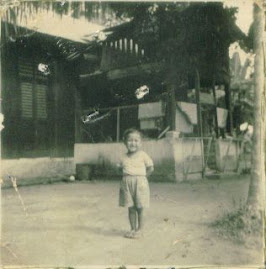.jpg)
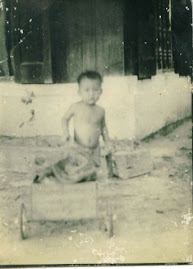.jpg)

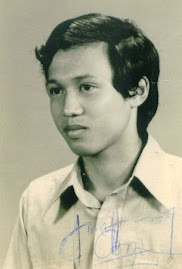.jpg)

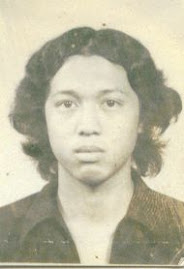.jpg)






















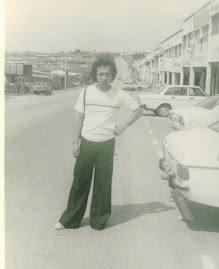.jpg)
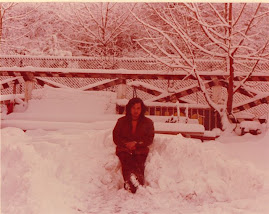.jpg)
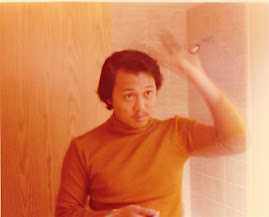.jpg)
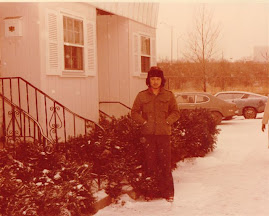.jpg)

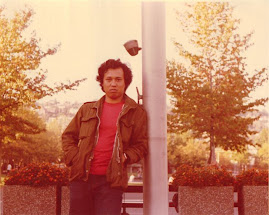.jpg)




























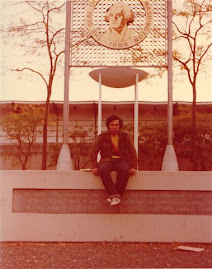.jpg)


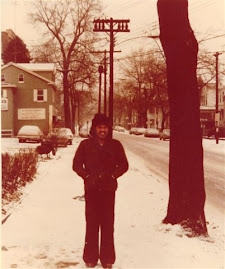.jpg)



